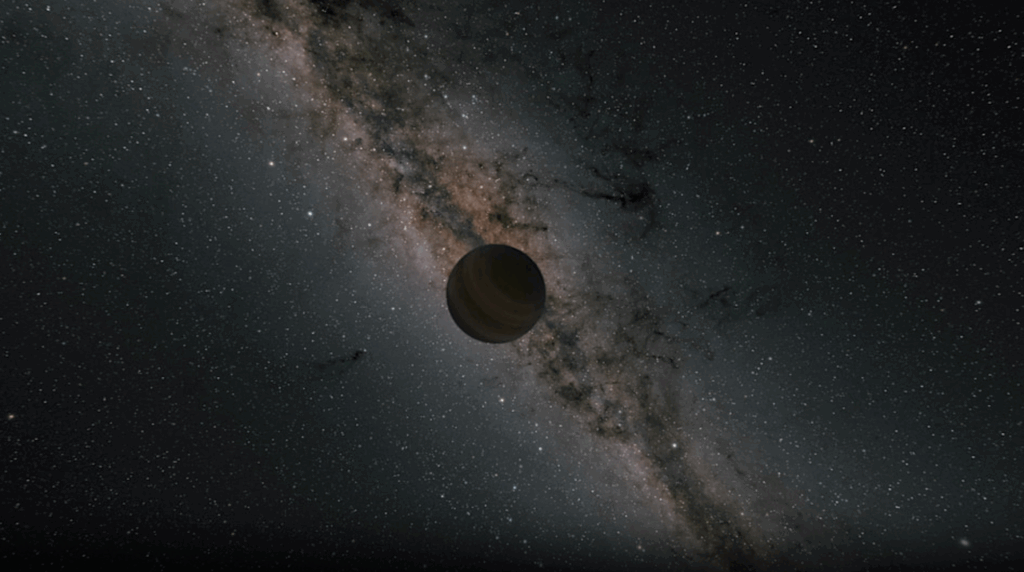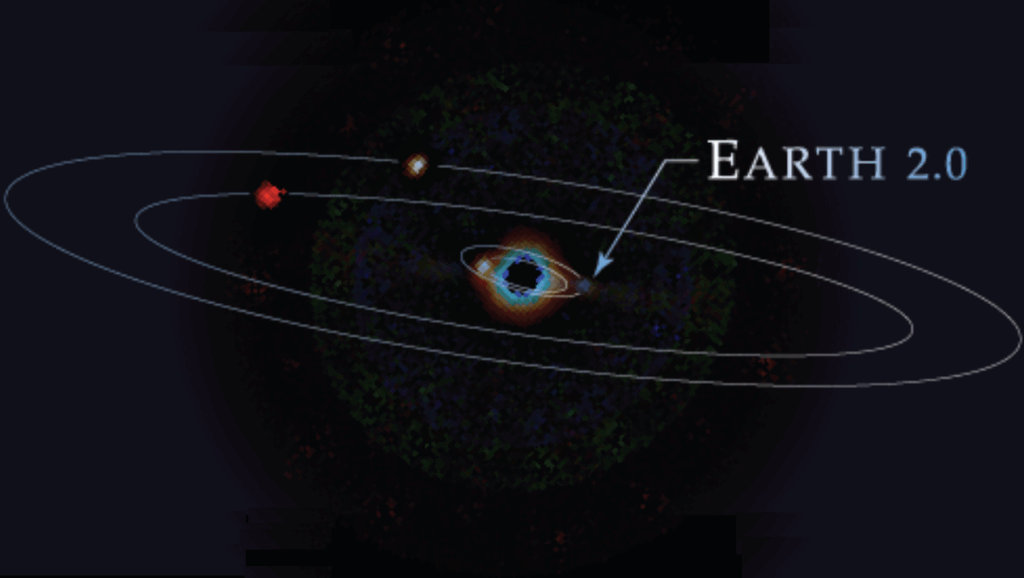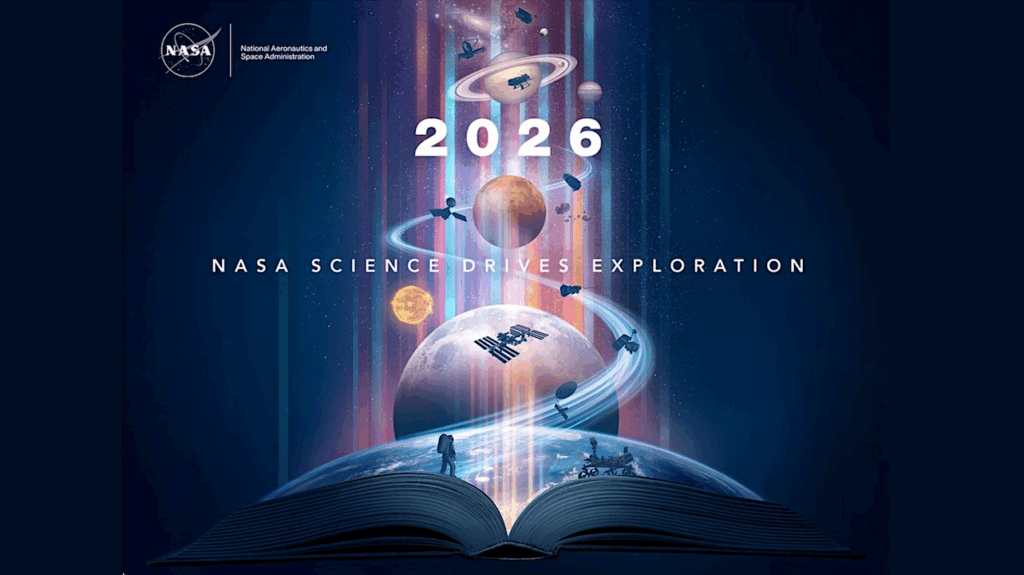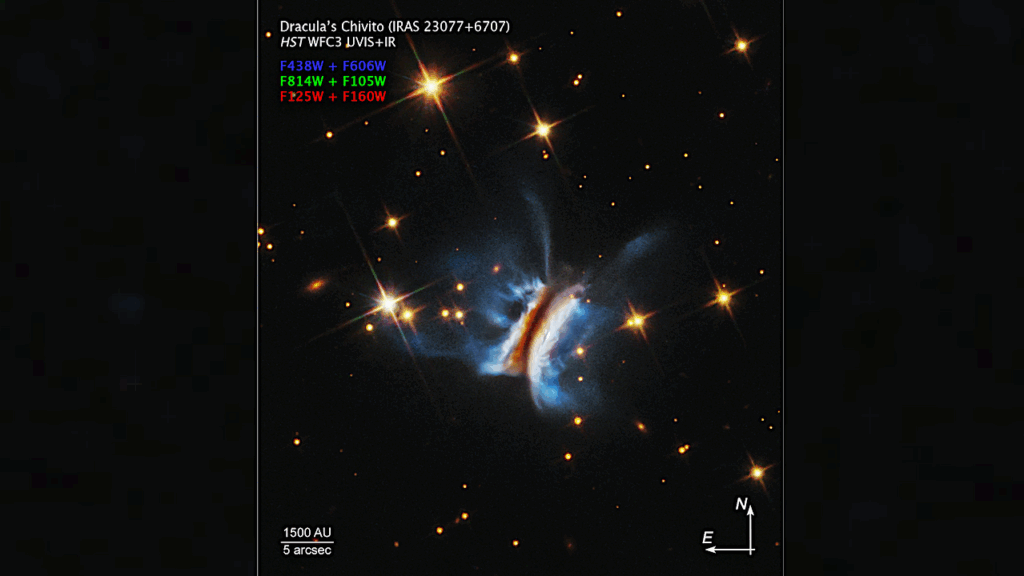GCM Constraints On The Detectability Of The CO2-CH4 Biosignature Pair On TRAPPIST-1e With JWST
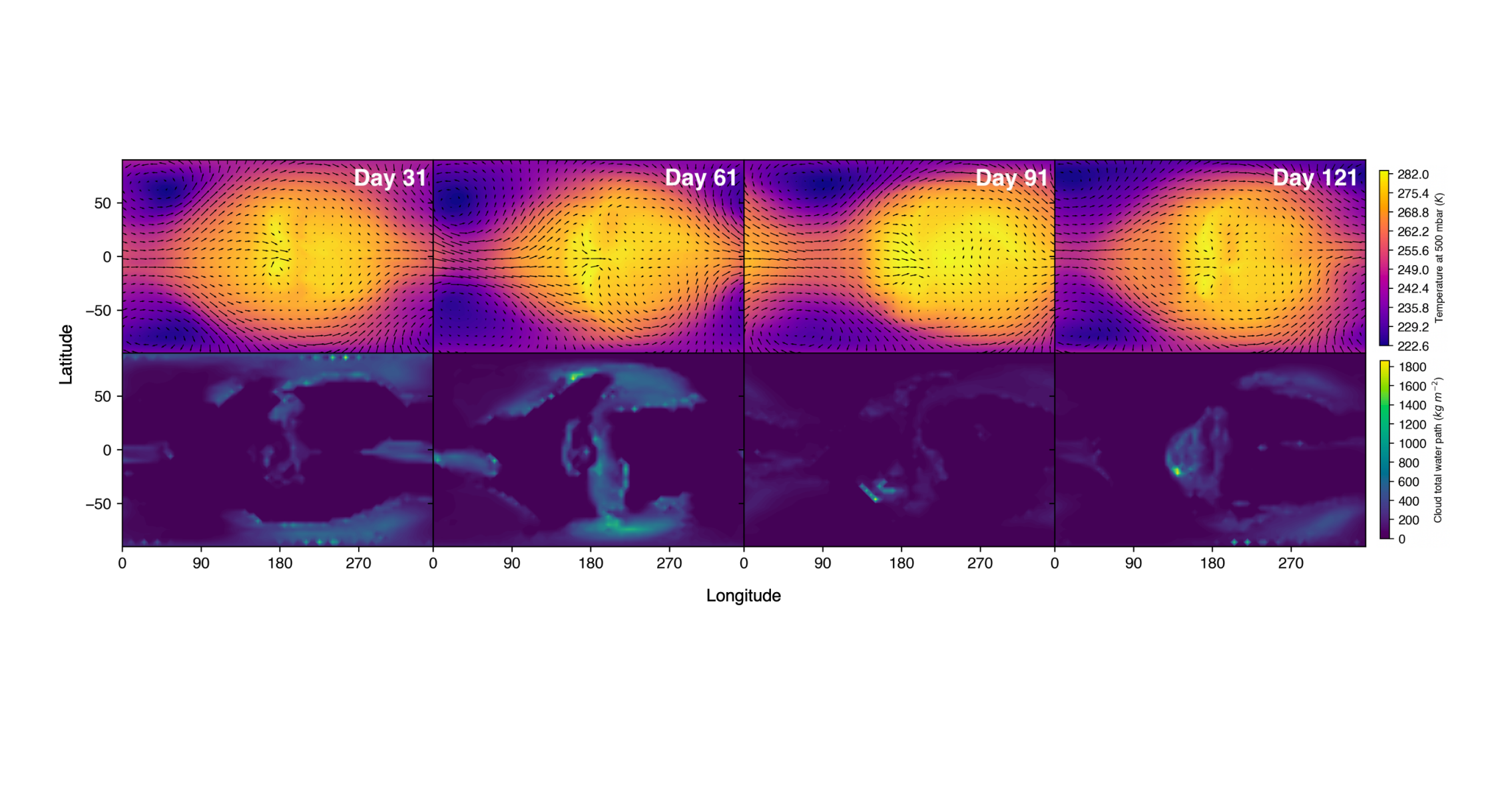
Terrestrial exoplanets such as TRAPPIST-1e will be observed in a new capacity with JWST/NIRSpec, which is expected to be able to detect CO2, CH4, and O2 signals, if present, with multiple co-added transit observations.
The CO2-CH4 pair in particular is theorized to be a potential biosignature when inferred to be in chemical disequilibrium. Here, we simulate TRAPPIST-1e’s atmosphere using the ExoCAM General Circulation Model (GCM), assuming an optimistic haze-free, tidally locked planet with an aquaplanet surface, with varying atmospheric compositions from 10−4 bar to 1 bar of partial CO2 pressure with 1 bar of background N2.
We investigate cases both with and without a modern Earth-like CH4 mixing ratio to examine the effect of CO2 and CH4 on the transmission spectrum and climate state of the planet. We demonstrate that in the optimistic haze-free cloudy case, H2O, CO2, and CH4 could all be detectable in less than 50 transits within an atmosphere of 1 bar N2 and 10 mbar CO2 during JWST’s lifespan with NIRSpec as long as the noise floor is ≲ 10 ppm.
We find that in these optimistic cases, JWST may be able to detect potential biosignature pairs such as CO2-CH4 in TRAPPIST-1e’s atmosphere across a variety of atmospheric CO2 content, and that temporal climate variability does not significantly affect spectral feature variability for NIRSpec PRISM.
Yoav Rotman, Thaddeus D. Komacek, Geronimo L. Villanueva, Thomas J. Fauchez, Erin M. May
Comments: 11 pages, 4 figures, 1 table, accepted for publication in ApJL
Subjects: Earth and Planetary Astrophysics (astro-ph.EP)
Cite as: arXiv:2212.05052 [astro-ph.EP] (or arXiv:2212.05052v1 [astro-ph.EP] for this version)
https://doi.org/10.48550/arXiv.2212.05052
Focus to learn more
Submission history
From: Yoav Rotman
[v1] Fri, 9 Dec 2022 18:54:14 UTC (16,737 KB)
https://arxiv.org/abs/2212.05052
Astrobiology


